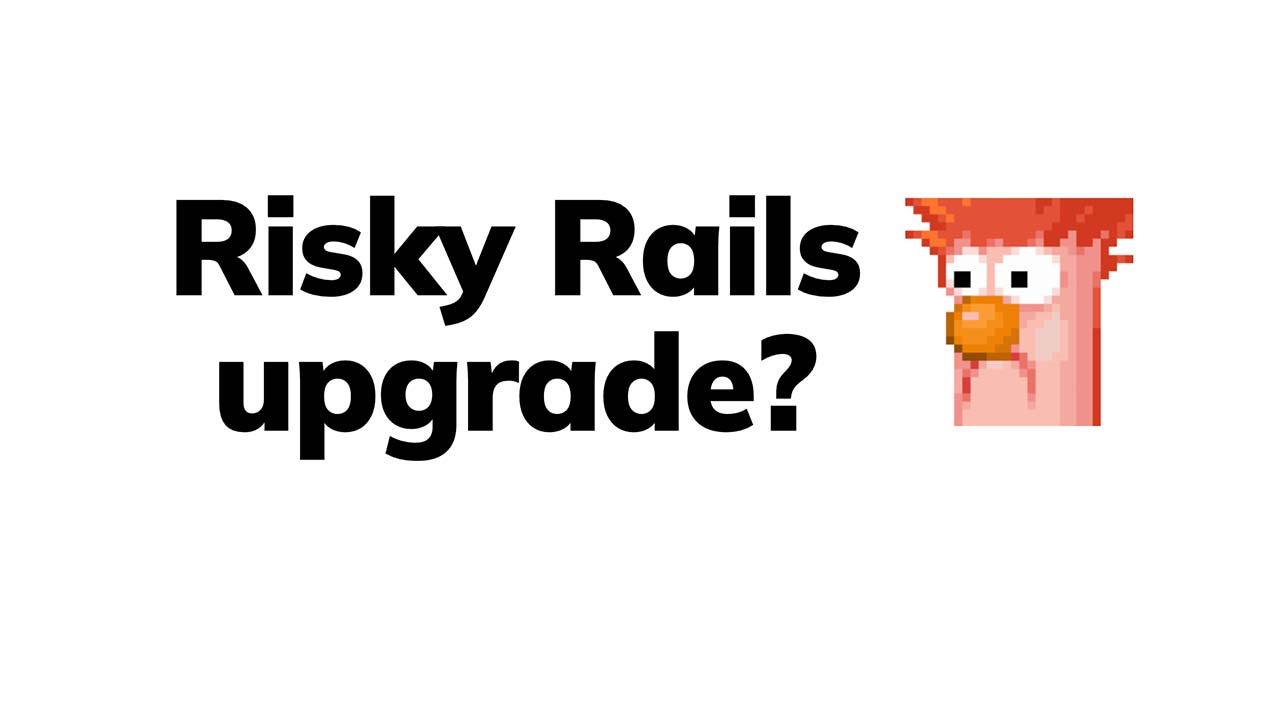Upgrades
-
Why it’s worth outsourcing your Rails upgrades
Our consultants have already built the expertise to minimize risks and avoid common mistakes – allowing your team to stay focused, without disruption or slowdown of day-to-day production. -
Why Rails upgrades are so important
When budgets are limited, can you just skip the upgrades and stay on an older Rails version? Or wait until the next major release and do all the updates at once? Here's what you need to know. -
How to Date a Gem
Test Double's agents collaborated on a tool to find out-of-date dependencies to help with a ruby upgrade. Here's a sneak peak of what collaboration looks like at Test Double. -

-
Stop ignoring your Rails (and Ruby) deprecations!
What if you could ship a big part of your upgrade before ever running 'bundle update rails'? Don't ignore deprecation warnings—let them work for you! -
Get Bootboot to work on Rails 4.x in deployment environments with Docker
Bootboot is a great tool for dual booting your Rails upgrade, but it doesn't play well with deployment environments running Rails 4.x. In this blog post we'll show you how you can leverage Docker to effectively get Bootboot to work in these environments. -
Moving From AngularJS to Angular
AngularJS has reached end of life, but you still have an AngularJS application! This post will give you a framework and method to update your framework to Angular 2+. -
The problem with eating paste
Thinking about installing react-rails? Consider this cautionary tale before you do. -
Working strategically through Rails upgrades
With tools that let us dual boot multiple versions of Rails on the same branch, we can now do Rails upgrades alongside everyday development. But what do we do when we come across a change in Rails that ripples across our application? Take a minute to survey the options in this blog post. -
Adding Disallowed Deprecations to Rails 6.1
Eliminating deprecation warnings is an important part of the Rails upgrade process. Disallowed Deprecations in Rails 6.1 provides a way to ensure deprecations don't get reintroduced once they've been removed from your codebase.
1 of 2